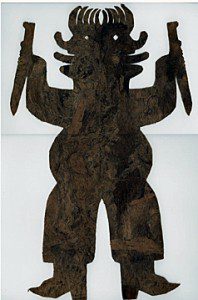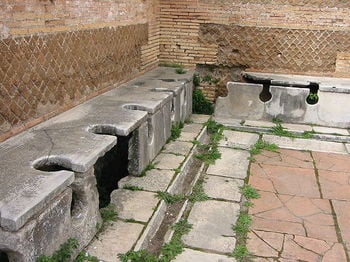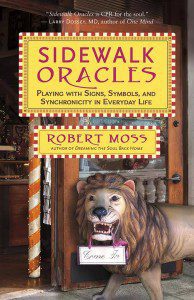 A dream is a wake-up call. It takes us beyond what we already know. Dreams are the language of the soul, and they are experiences of the soul.
A dream is a wake-up call. It takes us beyond what we already know. Dreams are the language of the soul, and they are experiences of the soul.
There are “big” dreams and “little” dreams, of course. In big dreams, we go traveling and we may receive visitations. We travel across time – into the future and the past – and we travel to other dimensions of reality. This is reflected in the words for “dream” that are used by indigenous people who have retained strong dreaming traditions and respect for dreamers. Among the Makiritare, a shamanic dreaming people of Venezuela, for example, the word for dream is “adekato,” which means “a journey of the soul”.
Most societies, across most of human history, have valued dreams and dreamers for three main reasons. First, they have looked to dreams for contact with a wiser source than the everyday mind – call that God, or Nature, or the Self with a great big Jungian S. Second, they have looked to dreams as part of our survival kit, giving us clues to possible future events we may want to avoid or enact. Third, they have known that dreaming is medicine, in several important senses. Dreams show us what is going on inside the body, often before physical symptoms present. When we do get sick, dreams are a factory of images we can use for self-healing.
In indigenous cultures, dreaming is central to diagnosis and healing. From the Otomi Indians of the state of Puebla in Mexico, we have this marvelous account of a shaman named Don Antonio who used dreams as a medical text
“When I became a shaman, I began to see how to cast out illness my dreams. It was like looking at a printed page. The shaman receives knowledge, what sorts of illness one person has, what sort another has, in his dreams…Learning how to cure from dreams is like being taught to read as a child, You ask your teacher, ‘What is this or that called?’ and your teacher tells you…In this way you receive knowledge about illnesses. These things are revealed to you in your dreams…As you’re curing the patient your dreams tell you what the problem is and who are the enemies who caused the illness. Your dreams tell you what is needed for the cure.”
Source for Don Antonio quote: James Dow, The Shaman’s Touch: Otomi Indian Symbolic Healing. Salt Lake City: University of Utah Press, 1986. 51-52.
Photo: Otomi protective figure made with amate paper (bark cloth) in Sam Noble Museum, University of Oklahoma

